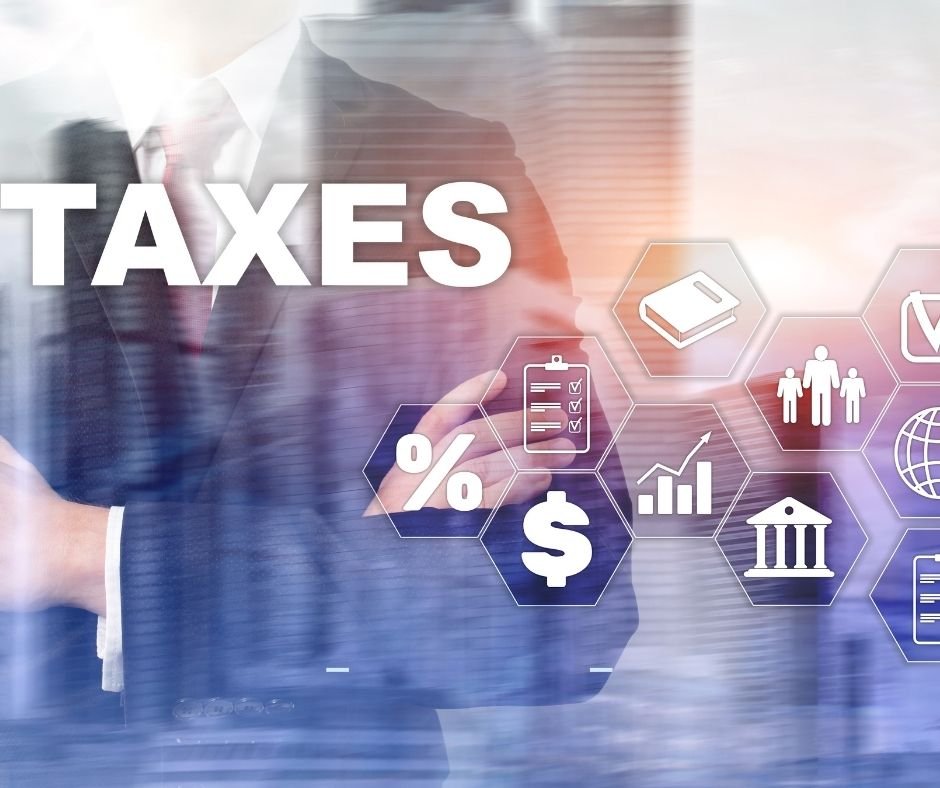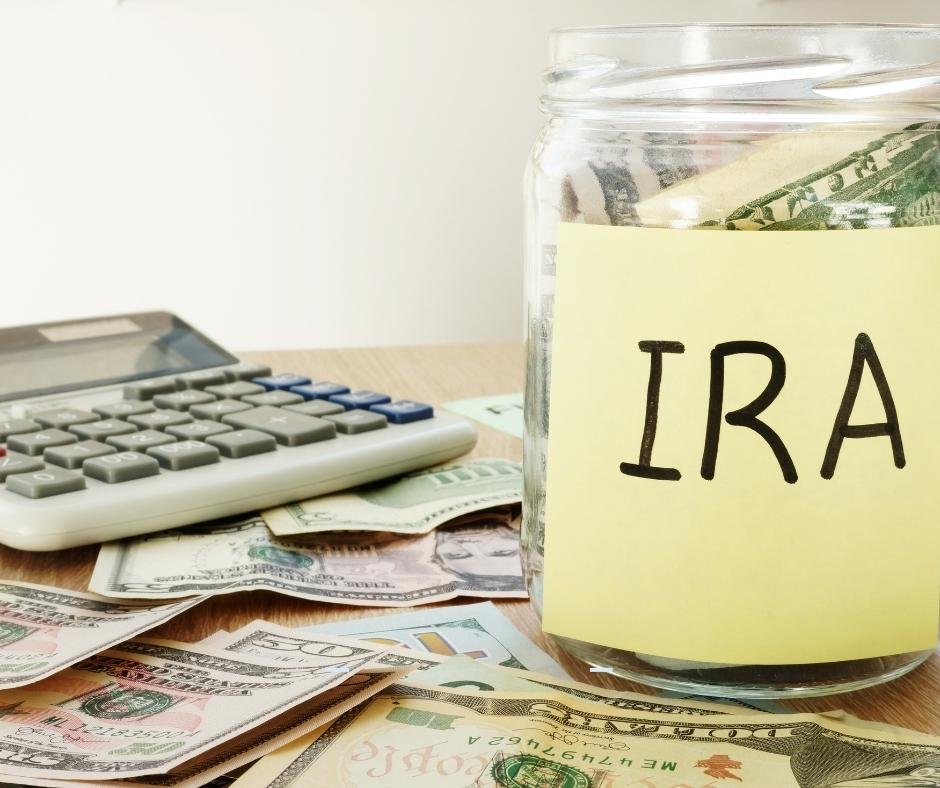
Retirement planning has long been synonymous with 401(k) accounts, which have been the cornerstone of many Americans’ financial strategies for decades. These accounts, designed to provide tax-deferred savings and employer matching contributions, have been the go-to choice for many workers aiming to secure their financial futures.
However, in recent years, a growing trend has emerged among retirees: the decision to move money out of 401(k)s and explore alternative investment options. This shift is driven by a combination of economic, policy, and personal factors that are reshaping the landscape of retirement planning in 2025. Understanding the reasons behind this trend and the alternatives available can help retirees make more informed decisions about their financial futures.
The Changing Landscape of Retirement Planning
The world of retirement planning is not static; it evolves with economic trends, policy changes, and technological advancements. In recent years, several factors have converged to alter the traditional retirement landscape. Economic shifts, such as market volatility and changing interest rates, have prompted many retirees to reevaluate their investment strategies.
Additionally, policy changes, including tax reforms and new regulations, have introduced new considerations for retirement savings. For example, the Secure Act of 2019 introduced significant changes to retirement accounts, including the elimination of the stretch IRA and new rules for required minimum distributions (RMDs). These changes have forced retirees to think more critically about the best vehicles for their savings.

Technological advancements have also played a crucial role in this shift. The rise of robo-advisors, online investment platforms, and financial planning tools has democratized access to sophisticated investment strategies. Retirees now have more options than ever before to manage their finances, and many are leveraging these tools to explore alternatives to traditional 401(k)s.
Reasons for Moving Money OUT of 401(k)s
One of the primary reasons retirees are moving money out of 401(k)s is the high fees and limited investment options associated with these accounts. Many 401(k) plans come with administrative fees, investment management fees, and other costs that can erode savings over time.
In contrast, individual retirement accounts (IRAs) often offer lower fees and a wider range of investment choices. For example, a retiree might find that their 401(k) plan offers only a handful of mutual funds, while an IRA can provide access to a broader array of investments, including stocks, bonds, ETFs, and even alternative assets.

Another significant factor is the tax implications of 401(k) withdrawals. While contributions to a 401(k) are made pre-tax, withdrawals in retirement are taxed as ordinary income. This can be particularly burdensome for retirees who find themselves in a higher tax bracket than they anticipated.
In contrast, Roth IRAs offer tax-free withdrawals, making them an attractive alternative for those who expect to be in a higher tax bracket in retirement. Additionally, Roth IRAs have no required minimum distributions (RMDs), providing more flexibility for retirees to manage their withdrawals.
The Role of Financial Literacy
Financial literacy plays a critical role in the decision-making process for retirees. Those who are well-versed in financial concepts are more likely to understand the nuances of different retirement accounts and make informed decisions about their savings. For example, a financially literate retiree might recognize the benefits of diversifying their portfolio across different types of accounts, such as a combination of traditional IRAs, Roth IRAs, and taxable brokerage accounts. This diversification can help mitigate tax risks and provide more flexibility in managing withdrawals.

However, financial literacy is not just about understanding complex financial concepts; it’s also about being aware of the resources available to make informed decisions. Many retirees find value in consulting with financial advisors, using online tools, and attending financial planning seminars. These resources can provide valuable insights and help retirees navigate the complex world of retirement planning.
Alternatives to 401(k)s
While 401(k)s have long been a staple of retirement planning, they are not the only option available to retirees. One popular alternative is the Individual Retirement Account (IRA), which offers several advantages over 401(k)s. IRAs typically have lower fees and a broader range of investment options, allowing retirees to tailor their portfolios to their specific needs and risk tolerance.
Additionally, IRAs offer more flexibility in terms of contributions and withdrawals. For example, while 401(k) contributions are limited to $19,500 per year (plus an additional $6,500 for those over age 50), IRA contributions are capped at $6,000 per year (plus an additional $1,000 for those over age 50). However, IRAs also offer the ability to contribute after-tax dollars, providing more flexibility in managing taxes.

Another alternative gaining popularity among retirees is the Roth IRA. Roth IRAs offer tax-free growth and withdrawals, making them an attractive option for those who expect to be in a higher tax bracket in retirement. Contributions to a Roth IRA are made with after-tax dollars, but withdrawals are tax-free, providing a significant advantage over traditional 401(k)s and IRAs. Additionally, Roth IRAs have no required minimum distributions (RMDs), giving retirees more control over their withdrawals and allowing them to leave a tax-free inheritance to their beneficiaries.
Health Savings Accounts (HSAs)
Health Savings Accounts (HSAs) have emerged as a valuable tool for retirement planning, particularly for those with high-deductible health plans. HSAs offer several unique benefits that make them an attractive option for retirees. Contributions to an HSA are tax-deductible, and the funds grow tax-free. Withdrawals for qualified medical expenses are also tax-free, making HSAs a triple-tax-advantaged account.

In addition to the tax benefits, HSAs can serve as a supplementary retirement savings tool. While the primary purpose of an HSA is to cover medical expenses, any funds remaining in the account after age 65 can be withdrawn for non-medical expenses without penalty, although these withdrawals will be taxed as ordinary income. This flexibility makes HSAs a valuable addition to a retiree’s financial toolkit.
Real Estate Investments
Real estate has long been a popular investment choice for retirees, offering the potential for rental income and property appreciation. Rental properties can provide a steady stream of income, helping to supplement retirement savings. Additionally, real estate investments can offer tax advantages, such as depreciation deductions and capital gains tax treatment.

However, real estate investments also come with risks. Market volatility, property maintenance costs, and the need for liquidity are all factors that retirees must consider. For example, a sudden drop in property values or an unexpected repair bill can have a significant impact on a retiree’s financial situation. Additionally, real estate investments are not as liquid as other types of investments, making it more challenging to access funds quickly.
Business Investments
For some retirees, business investments offer the potential for significant financial rewards. Whether starting a new venture or investing in an existing business, business investments can provide a source of recurring income or a large payout upon exit. However, business investments also come with significant risks, including market volatility, competition, and the need for active management.

One of the key considerations for retirees considering business investments is the level of involvement required. Starting a new business typically requires a significant time commitment and active management, which may not be feasible for all retirees. In contrast, investing in an existing business or a private equity fund can offer more passive investment opportunities, although these also come with their own set of risks.
Brokerage Accounts
Brokerage accounts offer retirees a high degree of flexibility and investment options. Unlike 401(k)s and IRAs, brokerage accounts do not have contribution limits or withdrawal restrictions, allowing retirees to manage their investments more freely. Additionally, brokerage accounts offer a wide range of investment options, including stocks, bonds, ETFs, and mutual funds.

However, brokerage accounts also come with tax considerations. Investments in brokerage accounts are subject to capital gains taxes, and dividends and interest are taxed as ordinary income. This can make tax planning more complex for retirees, particularly those with significant investments in taxable accounts.
Non-Qualified Deferred Compensation (NQDC) Plans
Non-Qualified Deferred Compensation (NQDC) plans are another alternative for high-income earners looking to maximize their retirement savings. NQDC plans allow employees to defer a portion of their compensation, reducing their taxable income in the current year. The deferred compensation is then paid out in the future, typically upon retirement or a specified event.

One of the key benefits of NQDC plans is the higher contribution limits compared to traditional 401(k)s. While 401(k) contributions are capped at $19,500 per year (plus an additional $6,500 for those over age 50), NQDC plans often have no contribution limits, allowing high-income earners to save more aggressively for retirement. Additionally, NQDC plans offer tax deferral, providing a significant advantage over taxable investments.
However, NQDC plans also come with risks. The deferred compensation is subject to the employer’s financial health, meaning that if the employer goes bankrupt, the deferred compensation may be at risk. Additionally, NQDC plans are subject to complex tax rules and regulations, making them more challenging to manage.
Cash Balance Plans
Cash Balance Plans are a type of defined benefit pension plan that has gained popularity in recent years. These plans offer higher contribution limits compared to traditional 401(k)s, allowing participants to save more aggressively for retirement. Contributions to a Cash Balance Plan are made by the employer, and the plan guarantees a specific return on the contributions.
One of the key benefits of Cash Balance Plans is the higher contribution limits. While 401(k) contributions are capped at $19,500 per year (plus an additional $6,500 for those over age 50), Cash Balance Plans can allow contributions of up to $225,000 per year, depending on the participant’s age and other factors. This makes them an attractive option for high-income earners looking to maximize their retirement savings.

However, Cash Balance Plans also come with risks. The plan is subject to the employer’s financial health, meaning that if the employer goes bankrupt, the plan’s benefits may be at risk. Additionally, Cash Balance Plans are subject to complex tax rules and regulations, making them more challenging to manage.
Employee Stock Ownership Plans (ESOPs)
Employee Stock Ownership Plans (ESOPs) offer a unique opportunity for employees to own a stake in their company. ESOPs are tax-advantaged retirement plans that allow employees to receive company stock as part of their benefits package. Contributions to an ESOP are made by the employer, and the stock is typically allocated to employees based on their salary or other factors.
One of the key benefits of ESOPs is the tax advantages. Contributions to an ESOP are tax-deductible for the employer, and the stock grows tax-free for the employee. Additionally, ESOPs can provide a sense of ownership and alignment with the company’s goals, which can be particularly rewarding for employees.

However, ESOPs also come with risks. The value of the company stock can fluctuate, and employees may find themselves overexposed to their company’s financial health. Additionally, ESOPs are subject to complex tax rules and regulations, making them more challenging to manage.
Conclusion
Retirement planning is a complex and evolving process, and the decision to move money out of 401(k)s is one that requires careful consideration. While 401(k)s have long been a staple of retirement savings, the changing economic landscape, policy shifts, and technological advancements have prompted many retirees to explore alternative investment options. By understanding the reasons behind this trend and the alternatives available, retirees can make more informed decisions about their financial futures.
In this article, we have explored the various reasons why smart retirees are moving money out of 401(k)s in 2025 and the alternatives they are considering. From the high fees and limited investment options of 401(k)s to the tax implications of withdrawals, retirees are seeking more flexible and tax-efficient investment options. We have also highlighted the importance of financial literacy in making informed decisions and provided practical insights from retirees who have navigated these complex financial landscapes.
Ultimately, the best retirement strategy will depend on an individual’s unique financial situation, goals, and risk tolerance. By staying informed and seeking professional advice, retirees can develop a comprehensive plan that meets their needs and secures their financial future.







